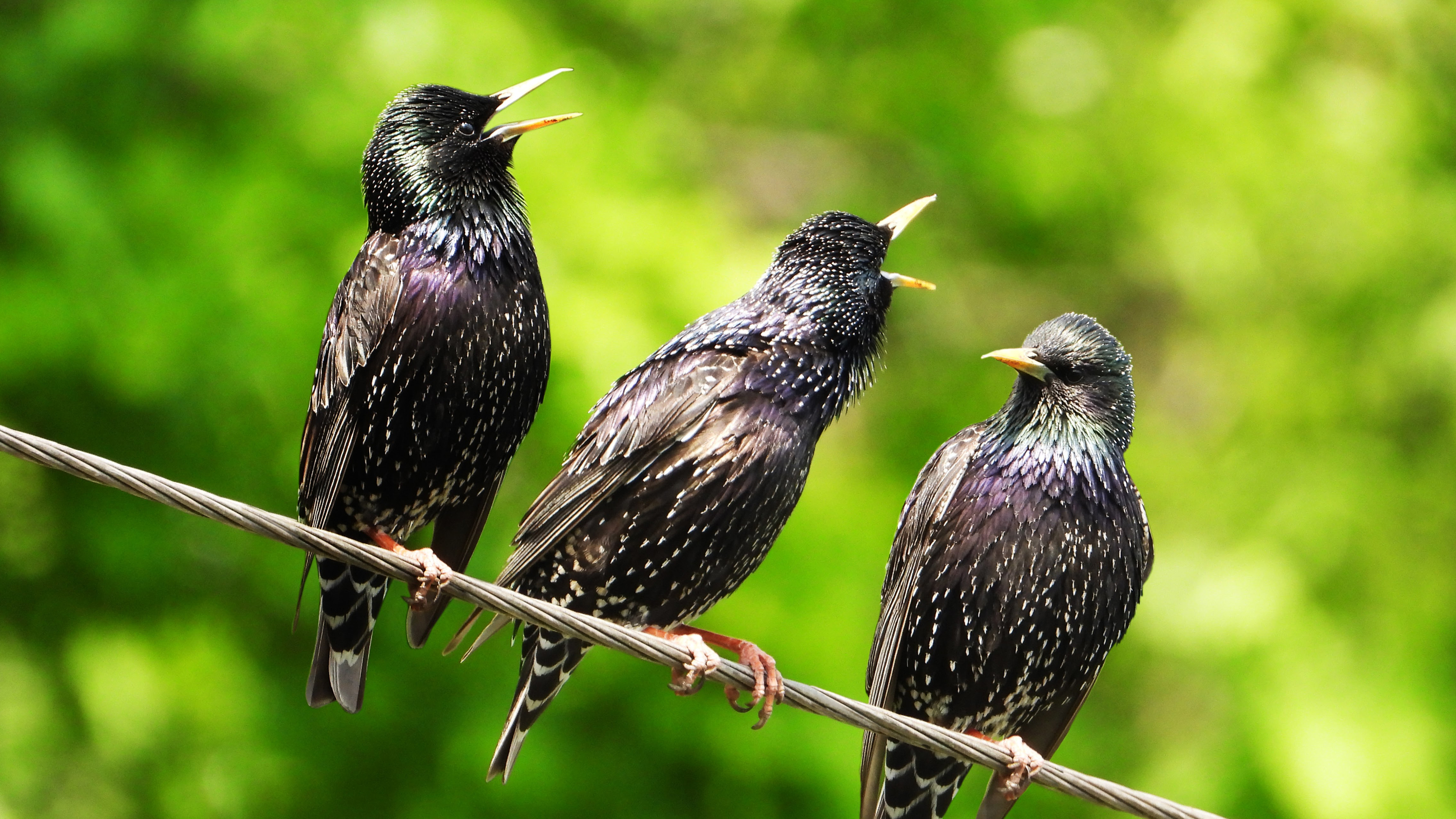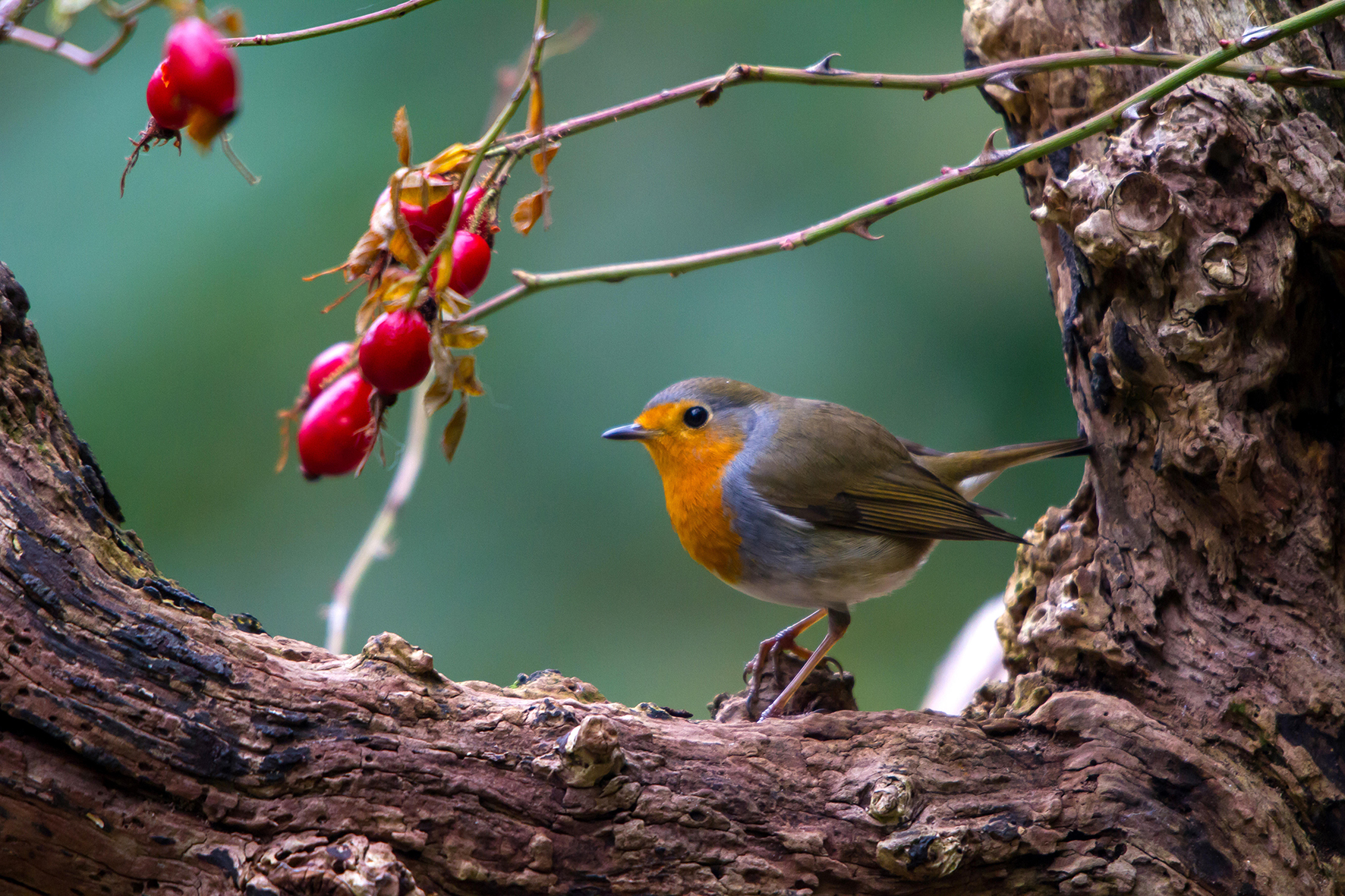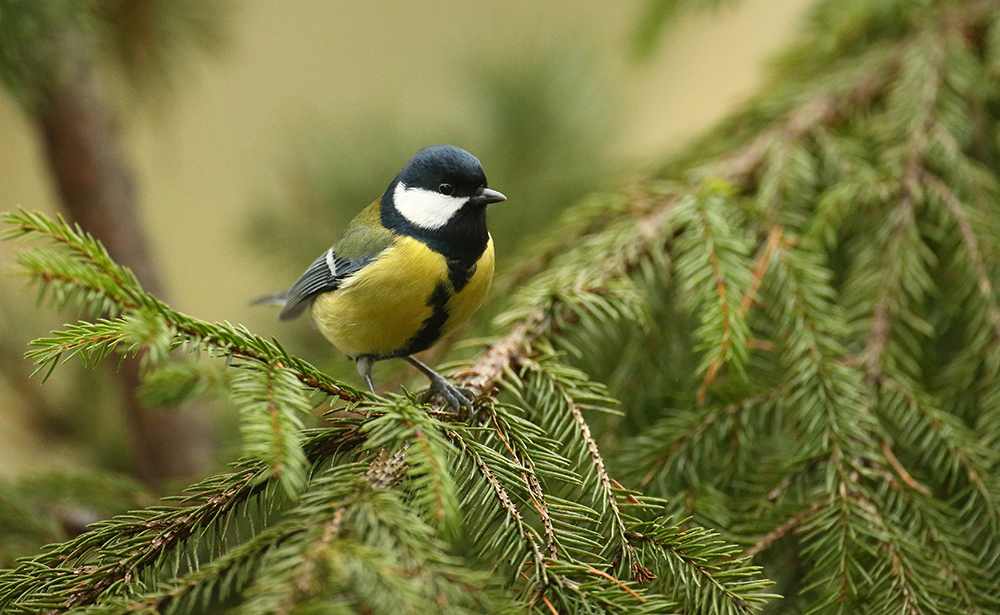These are the plants you need for attracting songbirds to your garden, according to experts
Attracting songbirds to your garden is essential for helping endangered species recover; these are the plants that will encourage them

Attracting songbirds to your garden can feel like a difficult task. Learning how to attract birds to your garden is easy enough – but have you noticed that only a limited number of species are coming? Increasingly elusive, our native songbirds are in serious decline, with at least 10 different songbird species currently on the RSPB’s ‘State of UK’s Birds Red List’.
Providing the right kind of food is part of attracting songbirds specifically, but it turns our that you should also pay attention to what you're planting in your garden. One of the biggest reasons why songbirds are declining is because they're losing their natural habitats. Recreating an environment that songbirds favor is more likely to entice them to your garden than just putting feeders out. We've asked gardening experts and landscape architects* to name some plants you should consider planting to assist songbirds.

What to plant to encourage songbirds

Carolyn Dunster, specialist in urban gardening and author of Urban Flowers, says: 'In order to attract songbirds it is worth planting trees and shrubs that bear fruits in order to provide something for them to feed on. In small gardens and on balconies and terraces there are miniature tree varieties that can be grown in pots and containers.'
It's important to choose trees and shrubs that bear small fruits – apples and pears won't be much use to songbirds: 'Any trees with small berries such as ornamental cherries provide wonderful flowering blossoms in spring that develop into small fruits that are a favourite for songbirds such as thrushes, sparrows and robins.'
It might be time to learn how to grow cherries, then. Alternatively, a fruiting hedge plant will do the trick, Carolyn explains: 'A shrub such as Viburnum tinus can be used for boundary hedging or to disguise an ugly wall, and it produces white-pink flowers with a lovely fragrance and then attractive dark black clusters of fruits that provide further feasting for small birds.'

It's not just about planting with directly feeding the birds in mind. Implementing wildlife garden ideas that encourage beneficial insects is also crucial. Charlotte Dew, urban landscape architect at URBED, says that 'there's a lot of interlinked food chains to consider. A higher insect population means more food for birds. It's a good idea to hold back from weeding dandelions to help the insects make it through to summer when more food sources are about. Having a wild area of your garden where insects can thrive undisturbed from ''garden tidying/prettying'' is also a way to support wildlife.'
Finally, Charlotte advises to consider some water feature ideas – even if it's only a very small one. It could be as simple as 'a bucket of water with aquatic plants'. You'll still be 'boosting the ecological value of a garden, and is possible in even the smallest of urban gardens.'
*Expert advice collected with the help of Sean McMenemy, director at Ark Wildlife
Anna writes about interior design and gardening. Her work has appeared in Homes & Gardens, Livingetc, and many other publications. She is an experienced outdoor and indoor gardener and has a passion for growing roses and Japanese maples in her outside space.
